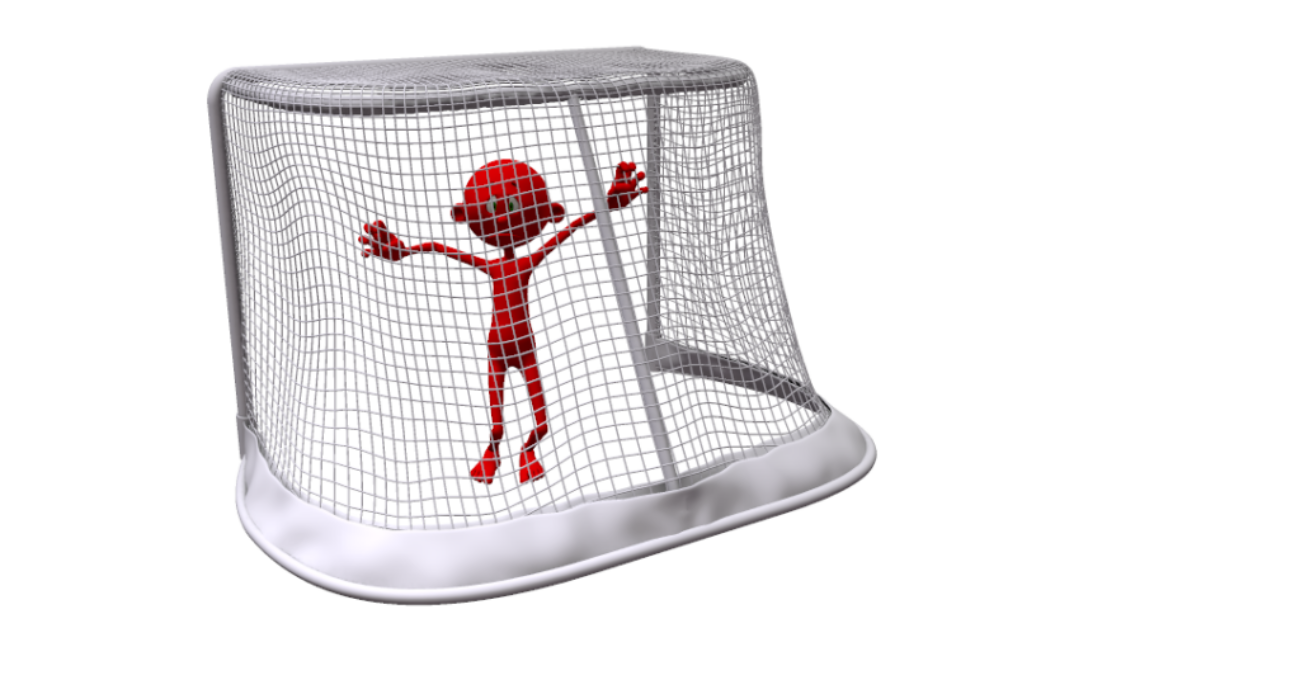Is that a goal or a gaol?
Goals are for losers??
A few months back I read Scott Adams ‘How to Fail at Almost Everything and Still Win Big’ – what a great read! If the name is unfamiliar, Adams is the creator of the office- humour cartoon Dilbert, so you have to expect that he thinks in different ways. One statement, “goals are for losers”, jumped out of the page at me (actually it was a Kindle, but just imagine words jumping….). Whoah! That’s some goal heresy right there. It was counter to all of the sports psychology that had been pushed at me over the years, and that I’d then taught and adopted for my work in fitness and strength and conditioning. Indeed goal setting was trumpeted as essential for life success in general. Set your goals and make certain those goals are SMART (specific, measurable, achievable, relevant and time-bound – note: the acronym varies depending on who you read)!
But when you read further and Adams unpacks that statement, you recognise that there is, in fact, some sense in what he is saying. Adams’ biggest complaint with goals is that they are merely an endpoint, a destination. The problem he sees is that we become so fixated on ‘the goal’ that until we reach ‘the goal’ we are likely to get trapped in what he calls a state of ‘preachievement failure’. Or, as he argues in many cases people are stuck in a frustrating continuous loop of pre-achievement where they never quite reach their goal and will eventually give up dissatisfied, particularly if they’d set a SMART goal and the time was up! The other issue highlighted is that people will often attain a goal, but then are left a little empty (after the celebrations!) wondering ‘where do I go from here’? What’s next? So goals tend to have a very specific and single focus, and once a goal is achieved, the individual presumably rests on their success or has to start all over with a new goal.

However, Adams is not suggesting that we should all aimlessly muddle our way through life. His solution/suggestion is that we should instead concentrate on developing and following ‘systems’ or ‘processes’ to help move us forward in our lives. Adopting a system provides a means of progressing towards an outcome. The beauty of systems is that they can be flexible and adaptable. Systems can scale. We can readily make them larger or smaller. We can adjust them to suit our situation, our environment or our particular/peculiar context. Systems can be individualised and they are conducive to ongoing growth. If you aren’t creating successful outcomes you can make adjustments to your system. While goals might have a defined endpoint, you can continue to ride the satisfaction of a good system. A good system will continue to work for different situations encountered.
In all of this Scott Adams is, of course, being a little disingenuous – usually, goals are accompanied by some strategies or system, and systems will normally be developed with some goal or objective in mind. Systems and goals are really inextricably intertwined. What Adams seems to be saying though is maybe we should shift our focus away from the goal setting rhetoric and instead concentrate our efforts on developing methods and building habits to progress towards an objective.
In the exercise and sporting contexts, so many examples spring to mind where we could logically shift our focus effectively. Individuals often have goals around improving fitness, changing body shapes and sizes, mastering a skill or being selected for a sports team. In fact, a lot of effort can go into developing a SMART goal in those sorts of contexts. But if we stop and break down the SMART elements, it is challenging to actually develop smart goals around some of these things.
A significant part of the challenge is the relative unpredictability of training responses. A study by Hubal et al (2013) demonstrated this beautifully. They had 585 participants (243 male, 342 female) perform elbow flexor and extensor resistance training of their non- dominant arm (3 x per week for 12 weeks, progressing from 3 sets of 12 reps @ 12 RM to sets of 6 reps @ 6RM). Despite everyone completing the same progressive exercise, the arm size changes ranged from –2 to 59% and 1RM strength gains ranged from 0 to 250%. I’m confident that no exercise professional would predict that following such a routine could produce no change in strength and a loss in muscle size! The prevalence of unpredictability is evident.
Back to our goal setting – if, for example, my goal was to improve my 20m sprint speed, I have limited information and insight when setting a SMART goal. I know my present 20m sprint speed and I likely know what an elite athlete in my sport can run, but beyond that, I don’t have a lot of insight into how much improvement I can realistically expect and over what time frame. Bearing those impediments in mind, I set a 3-month goal of improving my 20m sprint time by 0.8s. If I followed Scott Adams’ suggestion I would instead obtain advice to help develop a training system that should improve my speed. That system might consist of periodised resistance training, plyometric training and practicing my sprint mechanics over various distances. If I work that system and monitor my 20m sprint speed on a regular basis, I should see improvements. If not I can make changes to my system. If I am continuing to improve then I can continue with that approach and maybe scale it up for extra improvement, or down for maintenance. In the Hubal et al (2013) example, at 4-week testing, they could have identified the low and slow responders and tried a different loading method to elicit better training responses.
Weight loss, improving a specific skill or adding muscle mass – whatever my objective, SMART goal setting is likely going to be a bit of a guess. Or I could simply think about exercise systems and habits that will be sustainable, set a goal of keeping the habit and accept the progress that resulted.
I’m not sure, but dropping out and giving up on a goal seems to me to be different from giving up on a system. The system promised progress, the goal promised success. I can usually guarantee the former (with fewer disclaimers – see Hubal et al), but I’m a bit nervous about promising success. As I write about these things I’m also wondering whether a preoccupation with goals may be part of what encourages some individuals to seek shortcuts to ‘success’? By shortcuts, I mean chopping and changing programmes, trying supplements or in some cases exploring performance-enhancing substances.
Prompted by Scott Adams’ quirky statement I’ve suggested some take-home messages.
- Goals are great but habits and systems are important first considerations.
- With young athletes, conversations about training systems and habits should be emphasised over specific fitness goals. There will always be the time in a young athlete’s career trajectory for more specific fitness goals.
- Individuals need to comprehend the nature and extent of the training required to attain specific goals. Learning to train and building training and self-care habits should be prioritized. Goals will come and go, but systems can sustain one through many training challenges.
- The magnitude and rate of physical and physiological responses to exercise are frustratingly unpredictable. Therefore flexibility and adaptability are important to embed within any training system.
It may be that gaol (OK, I know it’s an old-school spelling of jail!) is more than just an anagram of goal. Consider the possibility that you could become trapped or imprisoned by the nature and scope of your goal selection.
Best, Phil
Selected references
- Adams, S. (2013) How to Fail at Almost Everything and Still Win Big: Kind of the Story of My Life. Portfolio/Penguin, NY.
- Hubal, M. J., et al (2005) Variability in Muscle Size and Strength Gain after Unilateral Resistance Training. Med. Sci. Sports Exerc. 37(6); 964–972.
